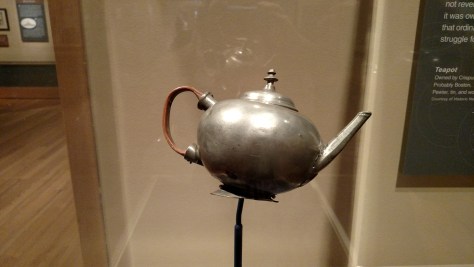One of the things I have always been fascinated about in regards to the American Civil War was the role that Great Britain played during the conflict. I will say in all honesty that in looking into that role my thoughts of views have been changed. This book takes that understanding to a new level.
At the center of the account is Robert Bunch who served as the British consul in Charleston staring several years before the war. He was staunchly anti-slavery but found that in order to actual do his job he had to put up a front to the people of the South and hide behind a false sense that he was not only a supporter of slavery, but one that was sympathetic to the southern cause.
As America spiraled towards war Bunch maintained that facade, all the while sending letters back home that provided insight into the South and its culture. Information that would go a long way towards keeping Britain from taking a more active role in the war. Eventually he was so successful in ingratiating himself into the Southern cause that he was targeted by the Union authorities and was pursued as a spy.
Dickey tells Bunch’s story in way very reminiscent of a spy novel, which makes it intriguing and even tense at times. He provides a different view of many well-known historical events ranging from the 1860 Democratic Convention that split the country and later the nation, to the first shots fired on Ft. Sumter. Bunch was there and we see these events through the eyes of man who sees the world-changing before his eyes, but is alone in a sea of chaos where even the slightest crack in his facade could mean death.
A very good and well told story. Very recommended even if you are not a Civil War person but like a good spy tryst. You may not know who Robert Bunch is at the start, but by the end you will have admiration for the man.
As always books I review are available through Amazon by clicking on the image of the book cover above!





